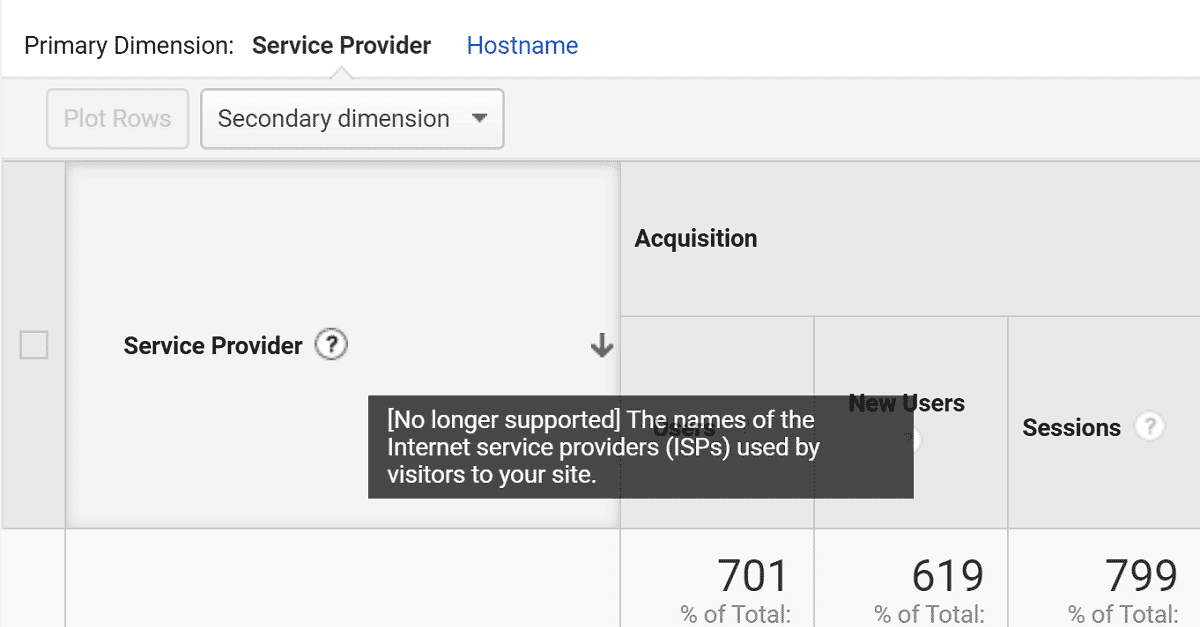Navigating the Depths of Secondary Measurement in Google Analytics: A Comprehensive Expedition on Its Capability
Secondary dimensions, though relatively uncomplicated at initial glimpse, nurture a riches of untapped possible waiting to be harnessed. As we get started on this journey to discover the nuanced capability of second dimensions, we will reveal exactly how this feature can light up patterns, unveil relationships, and ultimately pave the way for educated decision-making in the digital landscape (what is a “secondary dimension” in google analytics?).
Comprehending Secondary Dimensions in Google Analytics
Comprehending how second measurements work is vital for leveraging the full power of Google Analytics. These measurements aid you address a lot more intricate questions regarding individual habits and the effectiveness of your website material and marketing efforts. For instance, you can make use of additional dimensions to analyze which devices or internet browsers are most commonly used by site visitors that buy, or to compare the bounce prices of various web traffic resources. By integrating main metrics with second dimensions, you can gain beneficial insights that drive notified decision-making and optimization techniques - what is a “secondary dimension” in google analytics?.
Leveraging Additional Measurements for Information Evaluation
Building upon the fundamental understanding of how additional dimensions boost information evaluation in Google Analytics, the utilization of these extra layers of details becomes vital in extracting important insights for notified decision-making and optimization techniques. By leveraging additional measurements, experts can delve deeper into the efficiency metrics by including even more context to the primary measurements, thus uncovering surprise patterns and relationships that may not be obvious in the beginning glimpse. This deeper level of evaluation makes it possible for organizations to much better recognize individual actions, determine patterns, and pinpoint locations for improvement.
In addition, secondary measurements offer an even more detailed sight of the data, permitting for segmentation based upon numerous specifications such as demographics, gadgets, traffic resources, and much more. This segmentation assists in a more granular analysis, making it possible for businesses to customize their campaigns and techniques to details audience sections for enhanced targeting and customization. Basically, the strategic use second dimensions encourages companies to make data-driven decisions that drive development and success in the digital landscape.
Advanced Techniques for Secondary Measurement Execution
Checking out detailed approaches to harness the complete capacity of secondary measurements in Google Analytics raises the deepness and sophistication of information evaluation for tactical decision-making. One sophisticated method for executing secondary dimensions is the use of personalized measurements. In addition, combining additional dimensions with sophisticated segments can give also more granular understandings by using numerous layers of division to the information.
Interpreting Insights Via Additional Dimensions

When analyzing understandings through second dimensions, it is necessary to consider the context of the data and exactly check this site out how various dimensions connect with each various other. For instance, understanding which certain traffic sources result in higher conversion prices or identifying which gadgets individuals like for making purchases can offer actionable insights for enhancing advertising projects and boosting total web site performance. By thoroughly taking a look at the information with secondary measurements in mind, organizations can make informed decisions that drive purposeful outcomes and enhance their electronic existence.
Maximizing Performance With Additional Measurements

One essential means to optimize efficiency with secondary dimensions is by segmenting data extra granularly. This permits you to separate specific factors that might be influencing your metrics and get a much better understanding of what drives success or failure in your digital initiatives. By integrating second dimensions such as 'tool category' and 'landing page,' you can pinpoint which device types are most reliable for certain touchdown pages, allowing you to customize your techniques appropriately.
Additionally, making use of additional dimensions can assist you recognize fads, patterns, and connections that may not appear when assessing data with primary dimensions alone. This much deeper degree of analysis can bring about even more informed decision-making and inevitably Going Here improve the general efficiency of your website or digital advertising campaigns.
Final Thought
In conclusion, second dimensions in Google Analytics play an essential duty in improving information analysis and offering deeper understandings right into internet site performance. By making use of innovative methods and translating the information effectively, services can maximize their strategies and improve overall efficiency. Recognizing the performance of secondary dimensions is important for making notified decisions and driving success in the digital landscape.
By leveraging secondary measurements, analysts can delve deeper into the performance metrics by adding more context to the main measurements, therefore discovering concealed patterns and connections that may not be evident at first glimpse. One sophisticated technique for implementing additional dimensions is the use of personalized measurements.Having understood sophisticated techniques like personalized measurements and regex for second measurement implementation in Google Analytics, the following vital action is interpreting the beneficial insights acquired via these innovative data division approaches. Interpreting understandings with second measurements involves evaluating the connections in between the second and key measurements selected, discovering patterns, fads, and connections that might not be promptly evident when looking at the information in its entirety.When analyzing understandings via second measurements, it is important to take into consideration the context of the data and just how various measurements communicate with each various other.